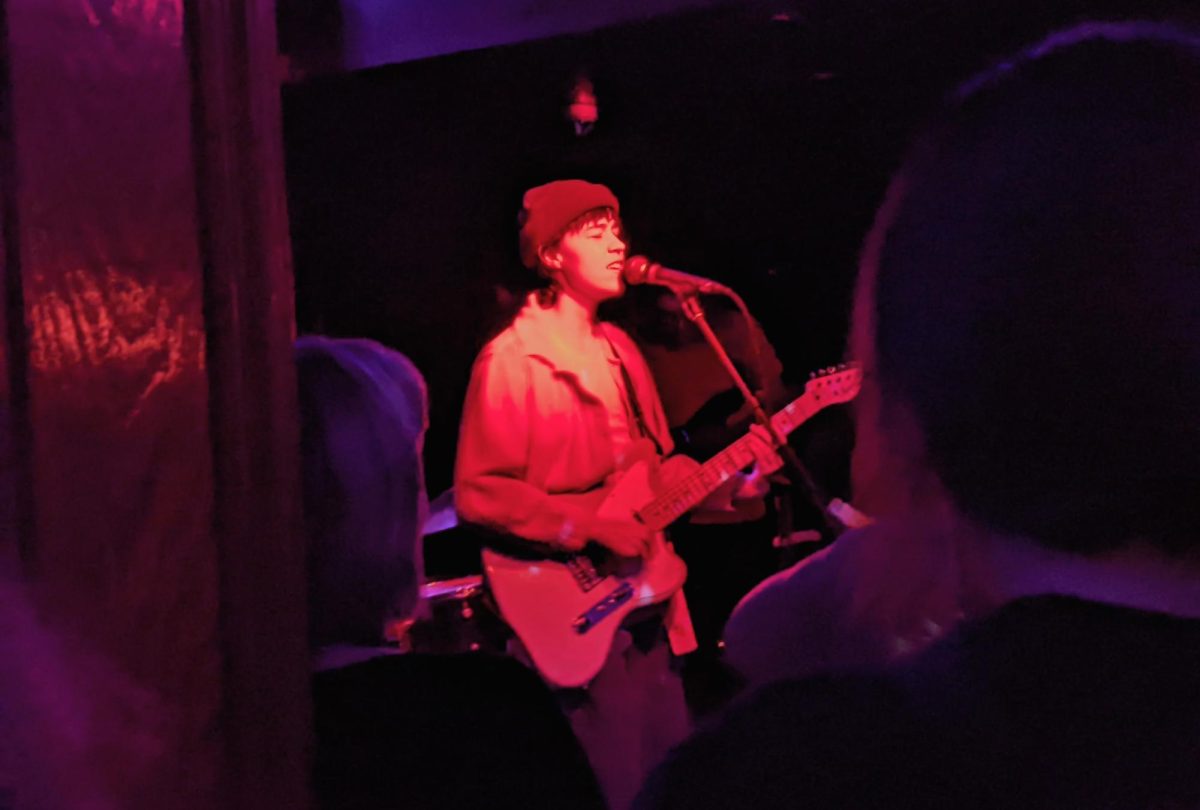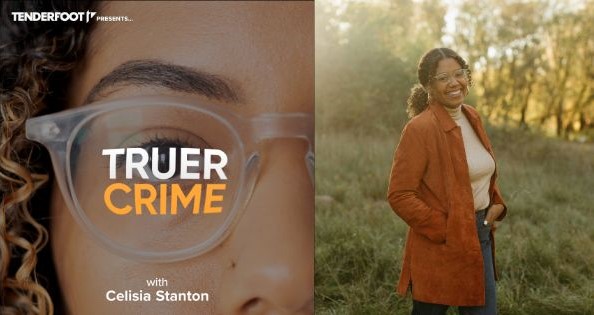Winter is coming and soon we will huddle over the heating system and run to our local discount store to buy the scarves, gloves and matching hats to coordinate our winter season wardrobe.
Some don’t have this luxury.
Homelessness is a persistent problem in Minnesota. According to the Department of Children, Families and Learning, on May 31, 2002, agencies sheltered 6,912 individuals in a variety of programs across the state. “About (47 percent) of this population was children or unaccompanied youth. On the same night, 1,002 individuals were turned away from shelter,” the department reported.
Walking through campus you are bound to come across people who are homeless. From Fourth Street in Dinkytown to Washington Avenue by the Hard Times Cafe, they are not only a collective entity and should not be labeled as merely homeless. They are much more. They are artists.
I Love a Parade is trying to change the categories we use to define homelessness. The art experience is about breaking stereotypes that have been built throughout our society and bringing something more noteworthy to the forefront.
On Saturday, I Love a Parade will exhibit “Found Faces,” a show by and about people in the Twin Cities who are homeless.
Twenty plaster castings of the faces of homeless people will be on display and sold during this exhibit.
Sandra Haff, program director of I Love a Parade, said, “We want them to succeed. We set them up for success. We want them to feel the success”
I Love a Parade hires people who are homeless to participate in art workshops and learn the gift art.
Through the program the artists will use their art to succeed in life through the selling of their work.
Marilyn Wakanabo, one of the artists who started the program in 1999, explained her current piece of casting as a representation of her daughter’s life.
“She can be Native or she can be just a regular person,” Wakanabo said, explaining the struggle of her daughter’s American Indian identity.
Wakanabo said she has been homeless since she was 17.
“I stayed with other people but it’s not home,” Wakanabo said.
I Love a Parade chooses to work with a few people so as to give a lot of attention to those who need it, Haff said.
I Love a Parade doesn’t look for individuals who are already artistic. Instead, they look for individuals who need help.
“Show me how unsuccessful you have been,” Haff said. “Then I’ll give you a chance.”
I Love a Parade is making giant steps in not only redefining the public image of people who are homeless, but in defining people in general.
“People are people first, and they just happen to be homeless, where as if you say homeless people, you say they are homeless first, people second,” Haff said.
Haff’s respect for human beings has made for some outstanding success stories.
“I was lost for a while Ö but Sandy helped me,” Wakanabo, who has been sober for three months and used to live under the bridge, said.
But it isn’t just helping it is succeeding and enjoying the success. Wakanabo, who has sold few of her pieces during art exhibitions, said she loved working there and wished she could work more hours.
Though it is hard to get through the troubles that have plagued her, she is getting there with support from Haff and the I Love a Parade program.
“You live one day at a time. If you can’t do one day at a time then you do one minute at a time,” Wakanabo said.







